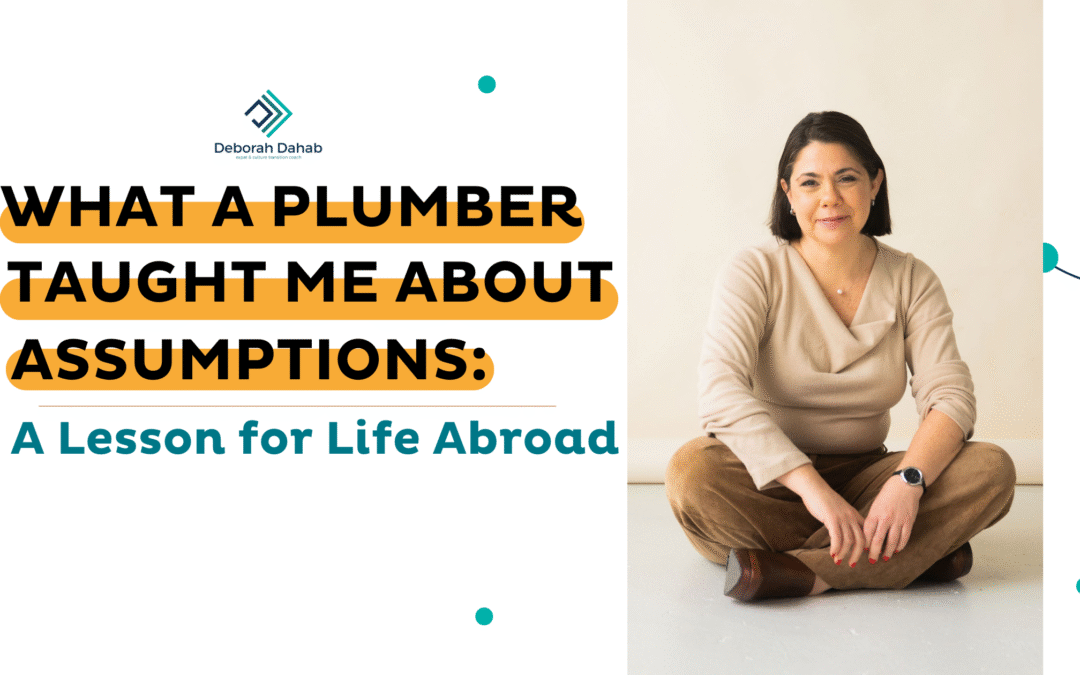
How to Communicate with Ease and Confidence in a New Culture
Struggling to communicate abroad? Learn how to adapt to cultural communication styles—whether high-context or low-context—and connect with ease and confidence in your new country.
Communication Can Make—or Break—Your Move Abroad
When you move to a new country or begin working across cultures, one thing becomes clear very quickly: communication isn’t universal.
It’s not just about what you say—it’s about how it’s said, when it’s said, and even what’s left unsaid. And if you’re not tuned into these differences, misunderstandings can pop up fast.
The good news?
You can learn to navigate new communication styles—and still stay true to who you are.
Understanding Communication Styles: High-Context vs. Low-Context
Let’s start with two big-picture communication styles: high-context and low-context.
High-Context Communication
- Relies on relationships, body language, and implied meaning
- Emphasizes harmony and group connection
- Common in many Asian, Middle Eastern, African, and Latin American cultures
In high-context settings, people often take time to build rapport before diving into the main point. It’s not uncommon to discuss the weather, ask about family, or make small talk before getting down to business.
Low-Context Communication
- Direct, clear, and focused on facts
- Prioritizes efficiency and individual expression
- Found in cultures like the U.S., Germany, the Netherlands, and Scandinavia
Low-context communicators value getting straight to the point. They’re often more task-focused and may see small talk as a delay, rather than a connection builder.
What’s Your Default Style?
Before adapting to a new culture’s way of communicating, it helps to understand your own. Ask yourself:
- Do I prefer efficiency, or do I enjoy building personal rapport first?
- Do I value “getting to the point,” or does it feel more natural to warm into a conversation?
- Do I find small talk annoying—or essential?
Recognizing your communication comfort zone helps you adapt with more self-awareness (and less frustration).
4 Practical Ways to Adapt Your Communication Style Abroad
1. Observe Before Jumping In
Pay attention to how people around you interact. Do they shake hands? Smile often? Ask personal questions before getting to business?
Just watching and listening can give you powerful clues about what’s expected.
2. Adjust Without Overhauling Who You Are
You don’t need to become a different person. Small tweaks can make a big difference.
If you’re used to being direct, try softening your tone or adding pleasantries before making a request. If you’re more indirect, you might need to practice being a bit more assertive in low-context cultures.
3. Ask for Feedback (Even the Subtle Kind)
Sometimes feedback isn’t direct—it’s in body language, awkward pauses, or how someone ends a conversation. Use these cues to make gentle course corrections.
And if you’re comfortable, ask a trusted local or colleague: “Is there anything I should do differently when I communicate here?”
4. Stay True to Yourself
Adapting doesn’t mean abandoning who you are. It’s about finding a respectful middle ground—where you can navigate local expectations without losing your voice or values.
A Quick Story from My Own Life
When I moved back to Brazil after years abroad, my direct, no-nonsense communication style clashed with local norms. I got feedback that I was intimidating—something I’d never heard before.
At first, adding small talk felt weird. But when I started asking people about their weekend or their family before jumping into work topics, I noticed something shift. People opened up.
Trust grew. Communication got easier.
It didn’t take much—just a bit of curiosity and willingness to meet people halfway.
Why This Matters So Much
Effective communication is more than a soft skill. It builds bridges. It creates trust. It’s what helps you go from surviving in a new country to truly connecting.
Whether you’re collaborating across cultures at work or ordering coffee in a new city, the ability to shift gears, read the room, and communicate with empathy makes everything smoother—and more rewarding.
Looking for More Support?
In the Expat Journey Program, we dive deep into cultural adjustment, including how to communicate confidently across cultures. Whether you’re preparing to move or already abroad, I’ll help you build the awareness and tools you need to feel connected—wherever you land.




